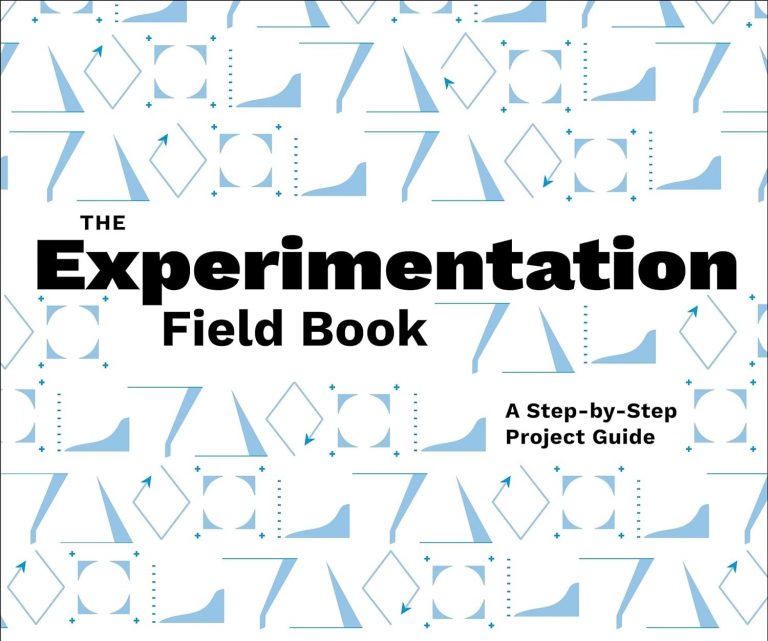Understanding electric utility customers

A few weeks back, the Electric Power Research Institute (EPRI) issued “Understanding Electric Utility Customers—Summary Report: What We Know and What We Need to Know.”
One simple statement and the rest of this column is digression: there’s a lot we don’t know about how customers use electricity, what affects their behavior and how to scale up programs that will attract widespread participation. And utilities haven’t exactly knocked themselves out trying to find out what we don’t know.
How customers use and value electricity has been a subject of study and debate for many decades. A better understanding of how customers use electricity could help the industry find ways to improve energy efficiency. In addition, our ability to encourage more efficient consumption through feedback, control technology, and dynamic pricing is better and less costly than it has ever been due to technology advancements.
Despite decades of research into how customers use and value electricity, fundamental questions remain unanswered. This report summarizes the results of an 18-month effort to systematically review the research that has been done to characterize how customers use and value electricity, concentrating on large field trials that have been completed in the past decade or so. The results are summarized by market sector (residential, commercial, and industrial) and by type of behavioral intervention (pricing, feedback and control technology).
Because most of these programs are only offered on a voluntary basis, we further assess what is known about participation (who decides to participate), performance (how customers respond once they are on the program), and persistence (how participation and performance change over time). The state of knowledge is assessed using readiness scoring criteria, which indicate the extent to which knowledge barriers exist that make it difficult to determine the impacts such programs might have, if a given utility were to implement them on a large-scale. Research priorities are also identified to suggest where collaborative research could help resolve major uncertainties.
The detailed results are contained in two reports which synthesize what we know – and what we need to know – about how customers respond to dynamic pricing, feedback and control technology.
Phil Carson of the Intelligent Utility Daily has posted a helpful review of the study.



